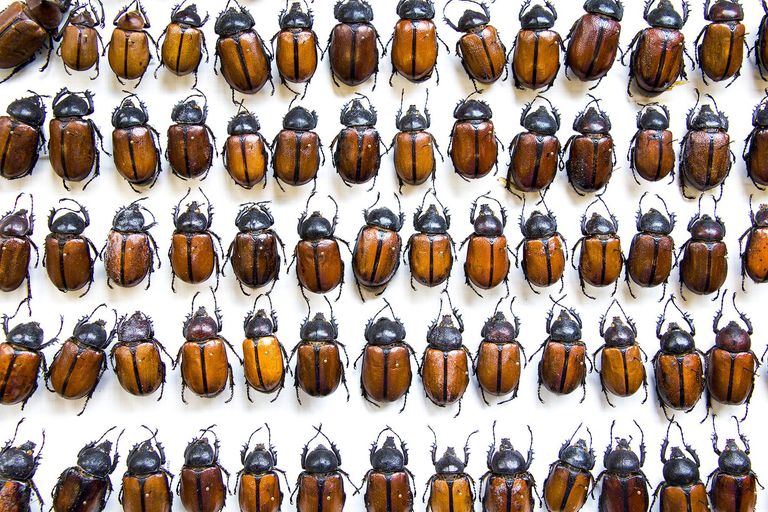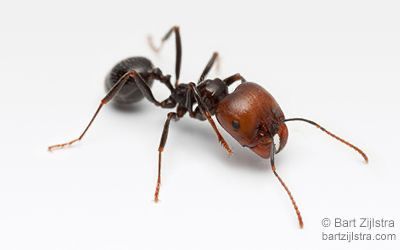Events, News
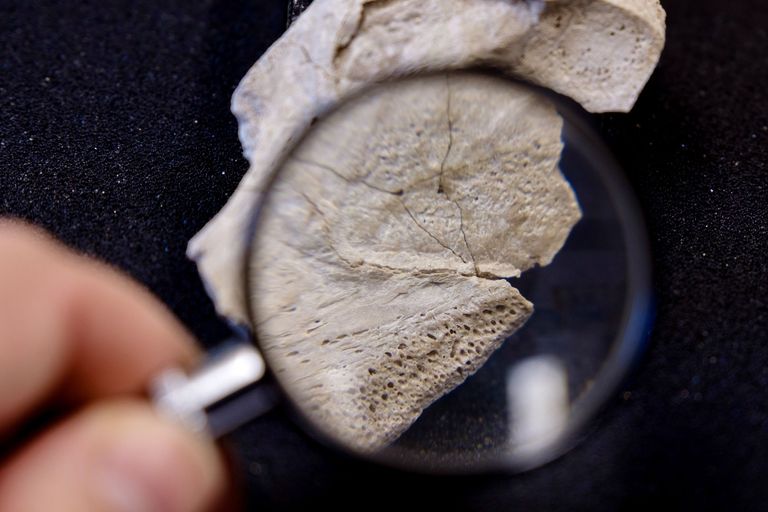
Verborgene Schätze der Natur im Scheinwerferlicht
Der Tag der naturhistorischen Sammlungen findet am 20. November in beinahe 20 Museen und botanischen Gärten der Schweiz statt. Auf dem Programm stehen nebst Führungen hinter die Kulissen auch vielfältige Vermittlungsaktivitäten, welche das Publikum die verborgenen Schätze der Sammlungen entdecken lassen. Bereits im Vorfeld fordert ein Online‐Wettbewerb dazu auf, ganz genau hinzusehen und Wahrheit von Lüge zu unterscheiden.
Image: Naturmuseum Solothurn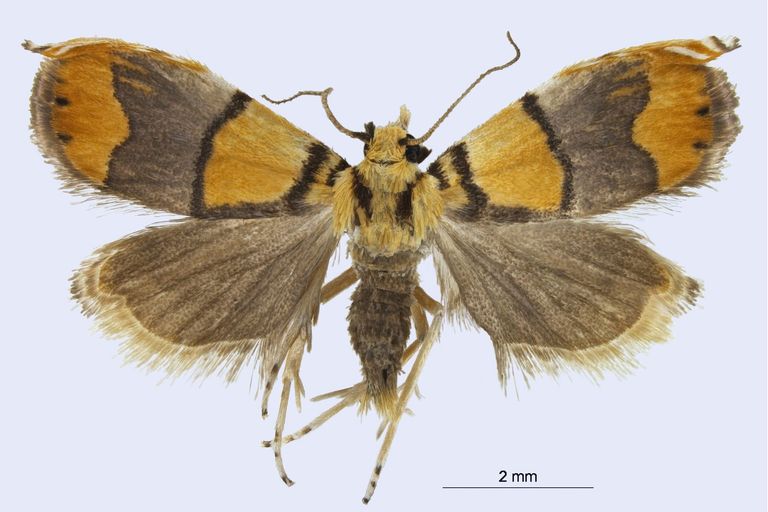
A Brazilian moth elected species of the year of the Swiss Systematics Society
The species was dedicated to Professor Ricardo Galvão, the former director of the Brazilian National Institute of Space Research (INPE), who opposed the Brazilian government's devastating biodiversity policy.
Image: B. LandryA new described species from the Alps
This year, the Alps have once again proven to be a source of undiscovered biodiversity. After many seasons of field work and research in herbaria, a new plant species of the primulaceae family has been described: Androsace albimontana. This new species was chosen this year as an emblem by the Swiss Systematics Society.
Image: Denis Jordan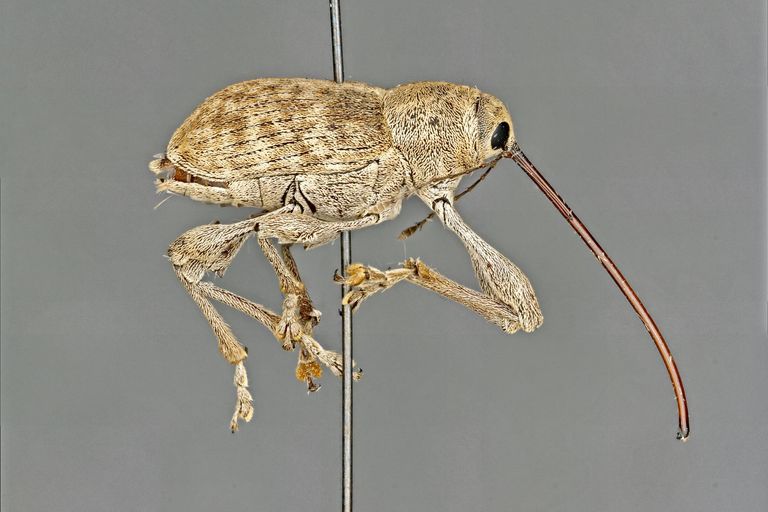
Fantastic stories!
On the occasion of the National Day of Natural History Collections, 26 Swiss institutions are offering you a glimpse behind the scenes. From now on, the curators will be telling you the stories of selected objects. But beware: one of the three stories of each institution is completely made up! Watch these fantastic stories and learn more about the Collections Day program.
Image: Christoph GermannA new wild bee from the Alps, species of the year of the Swiss Systematics Society
Although much of the biodiversity still to be discovered is hidden in the tropics, new species are still being described from Europe. This is the case in Andrena amieti, the species chosen as an emblem by the Swiss Systematics Society (SSS) in 2020.
Image: S. Giriens, www.swisswildbees.chA small rare tree of Madagascar, species of the year 2019
Every year, more than a hundred new species are described by researchers working in Swiss institutions. Most of them are insects, the group with the highest biodiversity, but new plants are also discovered. They often live in remote and hard-to-reach places.
Image: F. Ratovoson